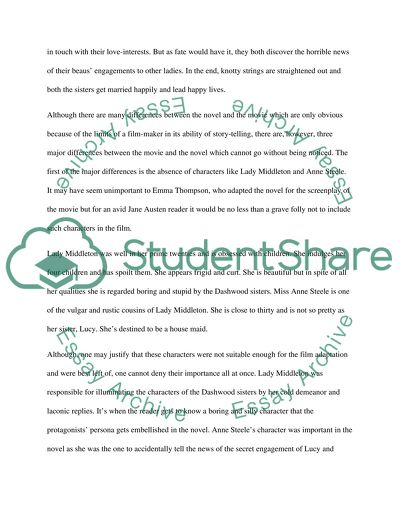Cite this document
(“Sense and sensibility-differences in the novel and the film Essay”, n.d.)
Retrieved from https://studentshare.org/literature/1439333-sense-and-sensebility
Retrieved from https://studentshare.org/literature/1439333-sense-and-sensebility
(Sense and Sensibility-Differences in the Novel and the Film Essay)
https://studentshare.org/literature/1439333-sense-and-sensebility.
https://studentshare.org/literature/1439333-sense-and-sensebility.
“Sense and Sensibility-Differences in the Novel and the Film Essay”, n.d. https://studentshare.org/literature/1439333-sense-and-sensebility.


